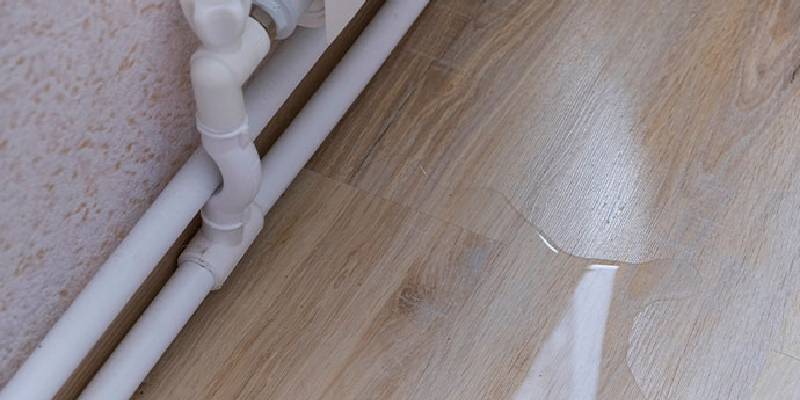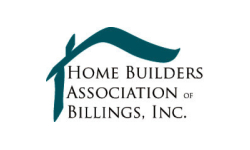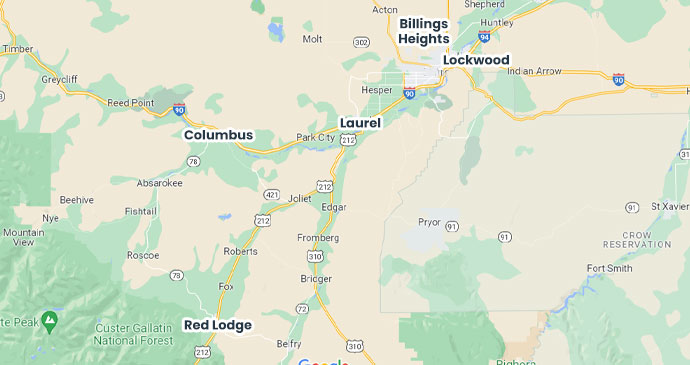"Luckily I have never needed to use a restoration company, but as someone who has worked closely with Alpha Omega, they have treated my clients very well, and have always been honest and very transparent. Although their whole team is very professional and punctual, Carissa and Sonya have been great to work with."
6 Signs of a Hidden Water Leak

Water damage can be absolutely devastating to your home. It can not only destroy the contents of your home, but it can also badly damage the walls, which can significantly waken the structure of the house, potentially making it unsafe or even leading to a collapse.
Hidden water leaks can cause some of the worst damage. Water that leaks slowly over time can cause as much damage as a major flood, and potentially worse damage if it goes undetected for a long period of time. That’s because the slowly leaking water can soak into studs, joists, and other structural elements. It can create conditions where mold and other microorganisms can prosper, feeding off the wood. This will weaken it and may require significant structural repair to keep your house safe.
To avoid this, it’s important to be aware of the signs of a hidden water leak and be vigilant for them.
1. Musty Smell
If you have a musty smell in your house, it’s typically a sign that there is an excess of moisture. There are many potential sources of this moisture, but it’s important to figure out where it’s coming from. No matter the source of the water, if left uncontrolled, it will lead to rotting wood.
Unlike many of the other signs of a water leak, a musty smell doesn’t give you a visible sign of where the water might be accumulating. Often, it will lead you to a place where you can see some of the other signs listed below.
However, if you can’t see any of the other signs yet, you should still test for water. Go to the place where the smell is strongest and look hard for other signs of a water leak. If you don’t see them, try using a moisture meter to see if you have excess water in or behind the drywall. Don’t have a moisture meter? Take a nail and push it through the wall. Smell the hole. Is the smell much stronger? If so, then you have water accumulating behind the wall. Can’t tell if the smell is stronger? Push a cotton swab through the hole and leave it there overnight. Pull it out. If it’s dry, then you don’t have water there. You might have water accumulating in just one void defined by a pair of studs, so repeat the nail experiment several times to test each void in the area where the smell is strongest.
2. Peeling Paint or Wallpaper
Water can cause paint or wallpaper to detach from the wall. It might come peeling off in large sections, or you might just notice it bubbling, bulging, or sagging.
3. Discoloration
When water gets into drywall, plaster, or acoustical tiles, it can cause discoloration. This is sometimes called water stains, and it can happen even if the source of water is clean, though it will be worse if the water is dirty.
The discoloration will start at the source of the water and radiate outward. In a ceiling, this will tend to make a round stain, but on walls it might be more elongated, tracing the path of the water to the ground. This discoloration will stay even when the wall or ceiling is dry.
4. Bubbling Plaster and Sagging Drywall
Plaster and drywall can both be damaged by water, but the signs aren’t always obvious. Plaster is more vulnerable to water, and it can begin to bubble in a localized area with even a small amount of water.
Drywall is a little more reinforced against water – the paper wrap may repel some of the water at first, and the water it absorbs might not show at first. However, once drywall gets saturated, it will start to sag. Sagging is especially visible in a drywall ceiling, but drywall walls can also visibly sag away from the studs.
5. Mold
Mold growth can look like splotchy or floral patterns on the wall. The color can range from brown to green to black.
Mold spores are virtually everywhere, just waiting for water to activate them. When they have a steady supply of water, they will grow. Wherever you see mold, there was too much water at one point, although there might not be water now.
6. High Water Bills
We include this because it’s something that gets mentioned, but this is probably not a good way to check whether you have a hidden water leak. It’s just not reliable enough, because the price of water is so low.
A fast-dripping leak, one that drips twice per second, leaks 11 gallons per day, or a remarkable 330 gallons a month – way more water than you want accumulating behind your wall. However, in July 2024, Billings Water raised their rate to $4.87 per 1000 gallons, for the first 10,000 gallons. In other words, that serious leak that you absolutely don’t want to neglect, would make a difference of $1.60 on your monthly bill. Your bill probably varies by more than that from month to month anyway.
So, if you get a water bill that suddenly spikes, there may be a leak. However, don’t look at a bill that is unchanged since last month and think that it’s evidence you don’t have a leak.
Finding the Source of Water
There are two ways to look for sources of water. You can consider all the potential sources of water and check them for leaks. In addition to a hidden plumbing leak, here are some other potential sources of water to consider:
- Leaky roof
- Flashing around windows
- AC drainage
- Backed-up drains
- Infiltration through the foundation
It’s a good idea to inspect these potential water sources on a regular basis. However, it’s much better to start at the point where you know you have water and trace it backward until you find the source of the water. If you can’t find the water leak, you need to contact a restoration professional who can.
Let Alpha Omega Deal with Your Water Leak
At Alpha Omega Disaster Restoration, we are highly skilled at dealing with water leaks of all kinds. Whether it’s your plumbing, roof, windows, or AC that’s leaking, Alpha Omega offers 24/7 emergency response service, so if you are concerned about the potential dangers of a water leak, we can come right out and evaluate what’s happening. Then we can start restoration work immediately if warranted.
Alpha Omega is the leading restoration company in the area, with over 50 years of combined experience in the restoration industry. We can handle every aspect of your water damage, starting with tracking down the leak. Then, we can repair the leak, no matter what it is, unlike a plumber, for example, who can only handle water leaking from pipes. We can also follow the process through to the end, demolishing water-damaged walls or performing structural drying on studs and joists that were saturated. We can even perform finishing work, painting and placing trim with a process so meticulous that when we are finished, people won’t be able to tell where the damage was.
At Alpha Omega, we can coordinate with your insurance, eliminating the headaches associated with this task. We work with insurance every day, and we can provide detailed documentation of the damage and the repairs, which will allow you to get full compensation for the damage that is covered.
To learn more about how Alpha Omega can help with your water leak, please contact us today.













